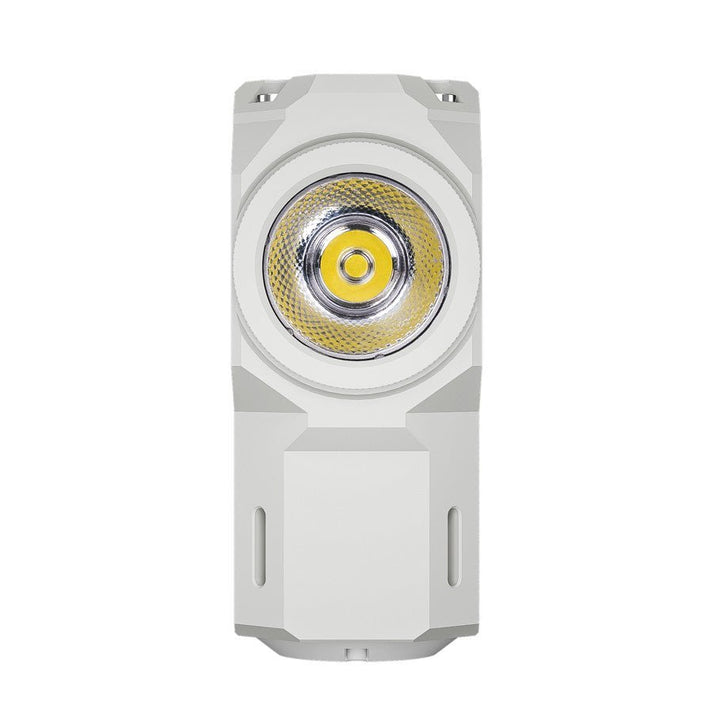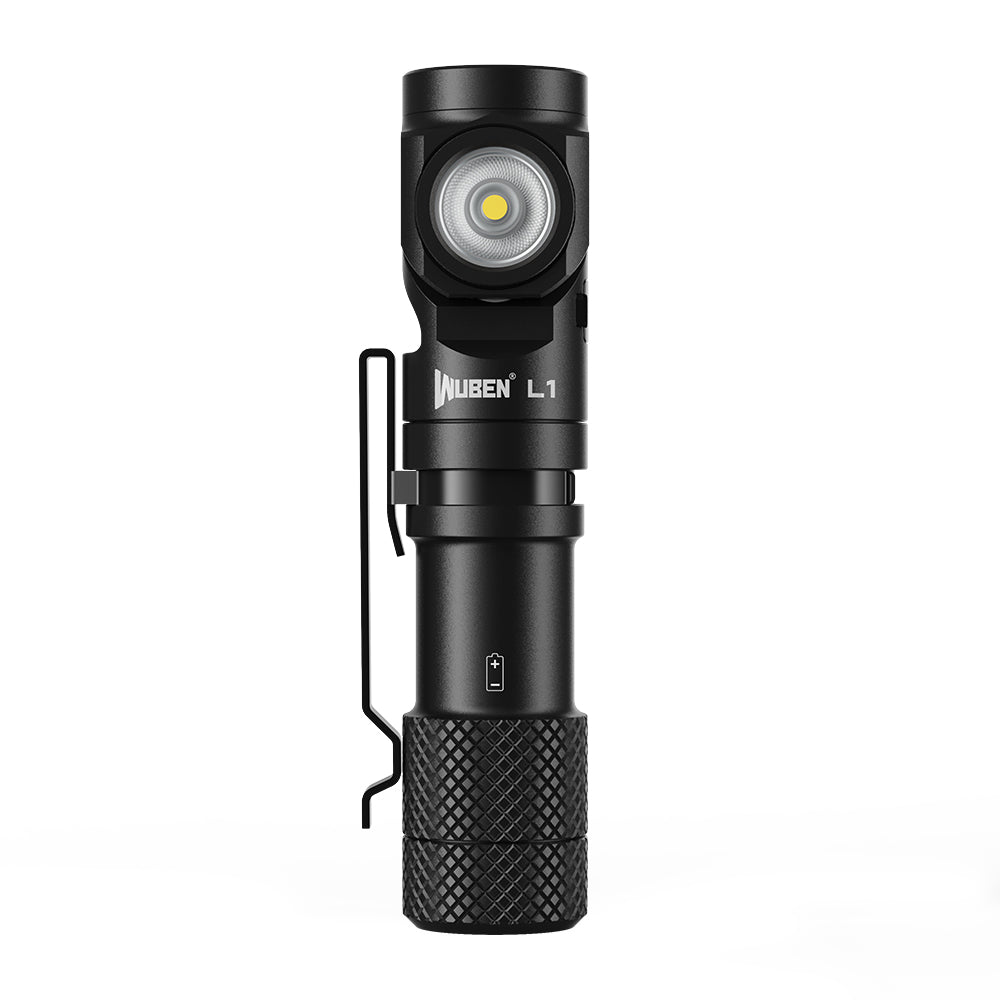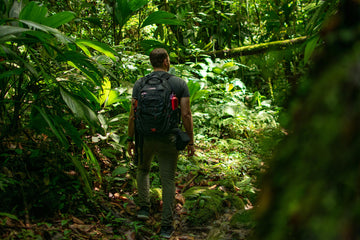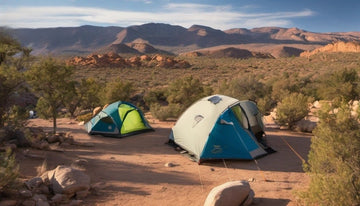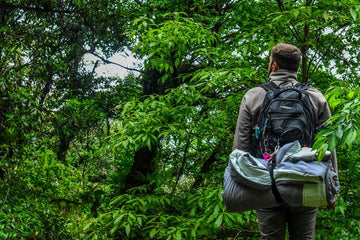How to Make Coffee While Camping: A Comprehensive Guide for Outdoor Enthusiasts
Jul 19, 2024
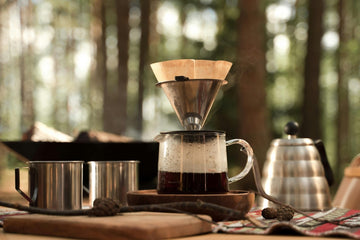
Every morning, Millions of people across the globe begin their day with a cup of coffee
How to Make Coffee While Camping: A Comprehensive Guide
Many joke that they are not awake or alive until they finish their coffee. Folgers famously created the slogan, "The greatest part of waking up is Folgers in your cup". For outdoorsman, many of whom are early morning risers, coffee is essential to their time outside.Not only does the caffeine help boost awareness and provide energy to begin the day's tasks, but often, that hot cup of camp-brewed coffee may be the only hot food or drink they consume until the end of the day. For all its motivators and benefits, coffee can be a challenge in the outdoors. That mountain valley, where we make camp, doesn't have a coffee shop with a barista waiting to make your favorite drink, nor can you roll out of your sleeping bag and put the on button for your drip coffee maker. Luckily, we've compiled a list of camping coffee tips and backpacking coffee solutions. Everything from eco-friendly camp coffee options to the best coffee makers for camping.

Figure 1 …nor can you roll out of your sleeping bag and put the on button for your drip coffee maker
Why Coffee is Essential for Campers
As mentioned earlier, coffee is essential while camping. The physical benefits of consuming warm liquids first thing in the morning include increased digestive health, blood flow, and physical awareness.
Coffee has caffeine that aids blood flow, respiratory health, and overall awareness. While hiking, camping, and outdoors membership are usually viewed as safe activities, which they certainly are, mental acuity and focus are paramount, from watching your step over roots and rocks to being able to identify which run is holding trout early in the morning, being aware and awake will not only greatly increase your enjoyment of the outdoors, but will keep you safe. For backcountry or backpacking campers who don't have the ability to transport large amounts of water, the act of brewing coffee, or water to a boil is beneficial, making the water-safe drink. This could be melted snow, ice, or just water from the nearby stream. Boiling water is one of the simplest and most effective ways to sanitize water to make it drinkable.

Figure 2 Boiling water is one of the simplest and most effective ways to sanitize water to make it drinkable.
On the topic of being aware in the early morning, even before your cup of coffee has been brewed, having easy-to-use portable illumination is critical.
With a headlamp, lantern, or everyday day carry flashlight, finding your fuel source safely, igniting it properly, filling your brewing device, and Filling your container with coffee can be done so much easier with light. As a camper who has attempted to brew a pot of coffee through dead reckoning alone, I can vouch for the need to measure how much coffee is being added to the pot. I have used heaping scoops of precious coffee grinds to create absolutely hair-raising pots of coffee, which were borderline undrinkable: just as bad is without illumination, I failed to realize that my scoops were coming up empty and I created deluded brown coffee water. Both cases were unfortunate because I missed out on an enjoyable cup of coffee while wasting both coffee and fuel. When backpacking, both of these can be in short supply.
Different Methods to Make Coffee While Camping
Now, when it comes to making coffee at camp, you have nearly as many camp coffee brewing methods as you do roasts. These range from high-tech systems that can be fine-tuned to bulletproof brewing methods dating back to westward expansion. In this section, we will discuss different brewing methods and the pros and cons of each.
First off is cowboy coffee. Cowboy coffee is most often single-cup brewed. This is equivalent to loose leaf tea in which boiling water is poured over loose grounds in a cup; after several minutes, these grounds will begin to settle, and a quick splash of cold water on the top is usually enough to get the rest of the grounds to settle to the bottom. This coffee is not a beverage drunk fast. With loose grounds on the bottom, the only way to drink cowboy coffee is slowly siphoning off the ground-free liquid on the top of the cup. Tip the cup too quickly, and you'll get a mouth full of grounds. It also means that coffee is often consumed in black. However, for those who are interested in getting to camp with the least amount of gear possible, cowboy coffee has been and will remain a top choice.
A step up from the cowboy coffee is instant coffee. Instant coffee will often elicit negative reactions from coffee, snobs, or bean fiends, but the powdered coffee added to warm water and dissolve into a smooth beverage is an excellent choice for campers of all skill sets. The instant coffee crystals of the past are often bitter and lacking in flavor; however, modern instant coffee alternatives provide a wide range of flavors and caffeine levels. Another advantage is that instant coffee allows users to add as much coffee as needed for cup strength. I enjoy using instant coffee while camping, not only for an easy cup of coffee but to add flavor to everything, from oatmeal to barbecue rub for pulled pork.
Still in the world of single cups but also holding the title of a camp coffee maker is the pour-over method. Yes, it is possible to have a pour-over pot such as a Chemex. However, these are most often fragile and not well suited for camping. Pour-over coffee instead can be made using a standard pour-over funnel with either a mash or a coffee filter; there are even companies that create pour-over filters that come preloaded with a cup's worth of coffee. These are compostable, burnable, and usually organic.

Figure 3 Pour-over coffee instead can be made using a standard pour-over funnel
Another preferred method of brewing coffee while on the trail is the percolator. The percolator has been a staple of chuck wagons and campsites for more than a century. One of the main benefits of using a percolator is that it can be placed directly on a heat source, and the water inside the unit begins to boil. Contacting the coffee grind after several minutes, a brewed pot of coffee. While percolators do come in several different sizes, at the end of the day, they are usually multi-serving vessels. Solo camping may not necessitate brewing an entire pot of coffee unless you happen to be one who needs more than one cup of coffee in the morning.

Figure 4 The percolator has been a staple of chuck wagons and campsites for more than a century
The next bit of campsite coffee gear is the French press. A condensed version of the French press is a vessel filled with grounds where hot water is added, and then a plunger is placed over the top. That has a fine screen mesh as the plunger is depressed. The suspended grounds are pushed to the bottom of the vessel, and coffee can be poured from the top. For many years, French presses were made out of glass, making them a poor choice for transport over rough terrain. Another drawback was that the French press did not keep coffee hot as the glass quickly changed temperature, drawing heat away from the coffee itself. Insulated Tumbler companies, such as Stanley and Yeti, have recently released their new and improved version of the French press, which combines the same stainless steel double wall construction as is found on their cups. These stylish insulated portable coffee makers are nearly bulletproof but comparatively heavy compared to other brewing styles, Additionally, hot water must be brewed in a separate vessel, whether that be a kettle or pot, and then added to a French press those without the luxury of a stationary camp or vehicle camping no matter how iconic may not be the best choice.
Essential Coffee Gear for Camping
We can break the essential gear for making coffee down into three sections. Fuel sources, coffee makers, and grinders. This is just a basic overview of gear. We could certainly create far more than what is here, but everyone needs are different, and from these larger sections, a prospective camper can narrow down their choices based on weight, cost, and utility.
Fuel sources
Fuel sources may drastically change based on how you plan on camping. In areas where campfires are permitted, a simple fire starter or camp axe would be required. For backpack campers and those looking to leave less disturbance, a portable fuel source like a Jetboil or mini Solo Stove is preferred. These small burners require less fuel to heat up and take up little space in a pack.
Coffee makers
Your coffee maker will change depending on how you camp and how much coffee you plan on drinking. For ultralight camping, a burner-safe cup and instant coffee may be all that is needed. For those who are looking for a more traditional brewing method, the Aeropress combines the function construction of a pour-over with the forced filtration of a French press. For those who are making coffee for the entire camp, the new Yeti Rambler 64oz French press will not only make half a gallon of coffee but will keep it hot all day.
Grinders
For coffee lovers, there is no better flavor than fresh ground coffee. Grinding your own beans also allows you to configure the grind from the course for a French press to finer grinds for pour-over. Grinders come in two styles: hand crank and electric. For hand crank or manual grinders, the OXO manual coffee grinder is an excellent lightweight option for campers looking to shave weight. For electric grinders, the BODUM Bistro rechargeable grinder is a high-power portable grinder that charges via a USB cord.
Tips for Brewing the Perfect Cup of Coffee Outdoors
Lets face it, if we have dragged our coffee making gear into the backcountry, we want our coffee to taste as good as the views look. there are some simple steps that coffee making campers can take before and during their trip to ensure that their coffee is as good as it can be.
- Water quality
Starting with cold, clean water is the preferred method for brewing coffee anywhere. When winter camping or camping in the backcountry, finding water that fits these parameters can be difficult. When possible, find clean running water and boil it well before drinking. when possible, don't pour all of the water off; sediment and debris that was in the water will settle to the bottom of the pot. Dumping a whole pot of water means you are adding these particles to your coffee.
- Bean care
Protecting your beans from moisture and extreme temperatures will help improve the flavor and reduce the risk of spoilage. always ensure your beans are in a water-tight container; this will keep pests out and moisture. Wet coffee beans lose flavor and potency, increasing the risk of mold.
- Heat
Hot water is key to a good cup of coffee. Cool water will brew a weak cup of coffee, and if you are mixing your coffee with creamer and sugar, neither will dissolve properly, making a gritty cup of coffee.
Eco-friendly Coffee Options for Campers
One of the best facets of coffee culture is that there is a diaspora of coffee drinkers and coffee companies. For campers who are looking to make their dollars count, companies such as "Our Grounds coffee company" donate 2% of their profits to conservation organizations. Other eco-friendly farms worldwide focus on supporting women-owned farms, organic and sustainable harvesting practices, and fair trade certification. Coffee can certainly be purchased from your grocer, where you can check the labels, or you can purchase smaller batches of ground or whole beans from local organizations that not only allow their money to stay locally but can choose to support other initiatives that hikers care about.
Furthermore, when considering eco-friendly camp coffee options, think about the leave-no-trace concept. If you are planning on using grounds and filters, they will need to be packed out or burned in the campfire. On the other hand, instant coffee will leave no grounds and make washing up easier, so less water is used in the process.
Troubleshooting Common Issues When Making Coffee Outdoors
Part of the list of backpacking coffee tips is what to do when your cup of coffee doesn't turn out right; camp coffee brewing solutions are as helpful as anything else in your bag. First on the list is controlling the temperature of your gear. On a chilly day, your press and cup will be cold. Cold gear will sap heat away from the boiling water and ineffectively brew your coffee. Add a splash of hot water to your empty press or cup whenever possible before adding grounds and making your camp coffee.
If you have an electric coffee grinder like we mentioned above and the battery dies, a charger bank like the Wuben X3 or F5 power bank can keep your grinder going. If your cup of camp coffee ends up being too bitter from sitting too long, you can always add a dash of salt, as so many sailors learned to do. The salt binds to receptors on the tongue and allows for sweeter flavors of the coffee to permeate. Adding salt also adds a little more electrolytes to your diet, which are necessary, especially when hiking.
Conclusion
A great cup of coffee can start any day off right. On a camping trip, it can make a cold morning exceptional.
Small tasks such as lighting a fire and gathering the needed components for a cup of coffee can serve as a mental success after a hard night in the woods. The heightened awareness of the environment while camping makes the sounds, scent, and taste of a cup of coffee so much more potent than one in a paper cup you’re your name scribbled on it. From eco-friendly companies to high-tech ultralight systems there is an option to make your cup of coffee how you want it. Next time you plan your camping trip remember these tips and you too can enjoy the best cup of coffee this side of the sunrise.


